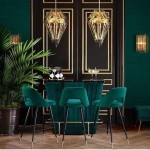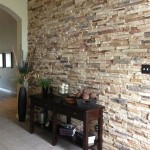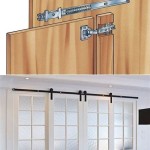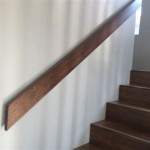What Is Classic Interior Design Style Called in English?
The term "classic interior design style" encompasses a diverse range of aesthetic approaches that prioritize timeless elegance, sophisticated detailing, and enduring appeal. While there's no single definitive name for this overarching style, several distinct subcategories fall under its umbrella, each with its own unique characteristics and historical influences.
Traditional Interior Design
Traditional interior design is perhaps the most widely recognized and enduring classic style. Its roots lie in European aesthetics, specifically the 18th and 19th centuries, drawing inspiration from periods like Georgian, Regency, and Victorian. Key elements include:
- Formal and Symmetrical Layouts: Rooms are meticulously planned, with furniture arranged in balanced and symmetrical configurations.
- Rich Woodwork and Moldings: Elaborate crown molding, wainscoting, and detailed fireplace surrounds create a sense of richness and grandeur.
- Warm Color Palettes: Earthy tones like cream, beige, brown, and deep greens dominate, creating a cozy and inviting atmosphere.
- Patterned Fabrics: Floral prints, damask, and paisley patterns are frequently employed on upholstery, curtains, and rugs, adding visual interest and texture.
- Ornate Furniture: Upholstered armchairs, wingback chairs, and antique side tables contribute to the traditional feel, often featuring intricate carvings and embellishments.
Traditional interiors are often associated with grandeur and formality, but they can also be adapted to create a more relaxed and welcoming ambiance. The key is to maintain a sense of balance and harmony through careful selection of colors, textures, and patterns.
Transitional Interior Design
Transitional style bridges the gap between traditional and contemporary design, offering a more relaxed and modern interpretation of classic elements. It embraces the timeless elegance of traditional decor while incorporating modern sensibilities and streamlined aesthetics. Notable characteristics include:
- Clean Lines and Simplicity: While still incorporating some traditional elements, transitional style emphasizes clean lines, simplified furniture silhouettes, and less ornamentation.
- Neutral Color Palettes: Transitional interiors often favor neutral color palettes, with shades of gray, white, and beige dominating. These neutral backgrounds provide a canvas for pops of color through accent pieces and upholstery.
- Natural Materials: Materials like wood, leather, and linen are frequently used, creating a warm and inviting atmosphere.
- Modern Lighting: Transitional style often incorporates modern lighting fixtures for a more contemporary touch.
Transitional design provides a flexible approach, allowing homeowners to create a classic yet modern interior that aligns with their personal preferences. It offers a sense of sophistication and refinement while avoiding an overly formal or traditional aesthetic.
Elegant Minimalism
While not strictly a "classic" style in the traditional sense, elegant minimalism shares a similar focus on timeless beauty, sophistication, and enduring appeal. It emphasizes simplicity, clean lines, and a carefully curated selection of high-quality pieces. Key features include:
- Minimalist Design Principles: Elegant minimalism adheres to the principles of minimalism, emphasizing simplicity, functionality, and negative space.
- High-Quality Materials: The focus is on high-quality materials like natural wood, leather, and marble, which exude a sense of luxury and understated elegance.
- Neutral Color Palette: Neutral colors, such as white, gray, black, and beige, dominate, allowing the inherent beauty of materials and forms to take center stage.
- Sculptural Furniture: Furniture pieces are carefully chosen for their form and function, often featuring clean lines, geometric shapes, and minimal ornamentation.
Elegant minimalism embraces a less-is-more approach, prioritizing quality over quantity. It creates an atmosphere of calm and serenity, highlighting the essence of timeless design. While not as traditionally rooted as other classic styles, it shares a common thread of sophistication and enduring appeal.
Ultimately, the term "classic interior design style" encompasses a broad range of approaches that prioritize timeless elegance and sophistication. Whether it's the rich history and formality of traditional design, the modern sensibility of transitional style, or the understated elegance of minimalist design, these styles all share a common thread: an enduring appeal that transcends fleeting trends and maintains its relevance for generations to come.

Traditional Interior Design 6 Main Classical Styles

Traditional Interior Design 6 Main Classical Styles

Traditional Interior Design 6 Main Classical Styles

Classical Interior Design Interiors Luxdeco

English Style In Interior Design Welcome To The Home Of Real Gentleman Pufik Beautiful Interiors

English Style In Interior Design Welcome To The Home Of Real Gentleman Pufik Beautiful Interiors

English Style In Interior Design Welcome To The Home Of Real Gentleman Pufik Beautiful Interiors

Modern Classic Interior Design Cyruscrafts

Traditional Interior Design 6 Main Classical Styles

21 Most Popular Types Of Interior Design Styles In 2024 Foyr
Related Posts








